
Mikaela Shiffrin failure in Beijing – Search (bing.com)
After coming into the Winter Games with a realistic chance of becoming the first American skier to win three golds at a single Olympics, the 26-year-old suffered 60% of her career DNF’s at the National Alpine Skiing Centre this month.
Shiffrin failed to finish in three of the six events she competed in, crashing out after only five gates in both the giant slalom and slalom.
Despite that disappointment – which culminated in Shiffrin ending her stay in Beijing without a medal following the USA’s loss to Norway in the small final of the mixed team parallel on Sunday – the skier is remaining remarkably sanguine about her participation at these Winter Olympics.
“The pinnacle of the last four years of work is over now and it did not really go that well for me,” Shiffrin says. “However, you can fail and not be a failure. You can lose and actually be a loser because you lost, but still also be a winner.
‘I just feel like a joke’: Devastated Mikaela Shiffrin left reeling after third Beijing crash
“It’s just what you do on a daily basis. Some days you lose and some days you win, and you can go through all of that and have the most turbulent times and still rise again tomorrow.
“It’s not so scary to fail, especially because I failed because I was trying so hard – maybe too hard.
“And maybe after 12 years in a ski career, I should have known how hard to push and not go over that limit, but I pushed harder because I wanted it and that’s not really an excuse.
“I’m going to go out again and try next time, but fewer people will be watching,” she laughs.
After she crashed out of the slalom, the sight of Shiffrin sitting at the side of the slope, her arms on her knees and her head bowed, became one of the enduring images of Beijing 2022.
As one of the greatest to ever put on a pair of skis, Shiffrin has become accustomed to success throughout her career, which includes gold medals from Sochi and Pyeongchang.
However, after suffering her second DNF in the space of three days in Beijing, Shiffrin says she just needed a moment with her thoughts on the hill.
Mikaela Shiffrin sits on the side of the course after skiing out in the first run of
the women’s slalom. Robert F. Bukaty/AP
“It’s maybe not as insightful as you might hope,” she says when asked about what she was thinking about in that moment.
“I was feeling cold and I sat down on the snow and I was immediately like: ‘That was a bad, bad idea because now my bum is also cold and wet’ – and I felt really trapped in there.
“I just wanted to get as far out of the line of vision for the other athletes who were still racing and starting in less than a minute, and I was hoping I was far enough to the side because I went out so soon, they were literally in the start.
“I’m like: ‘Oh my gosh, Paula [Moltzan], my teammate, she’s coming pretty soon.
Oh my gosh, oh my gosh, she’s going to see me, she’s going to freak out.
I just need to get over here and then I need to be still as a stone.’”
In the days that followed her third DNF, Shiffrin posted some of the abusive messages she had received on social media during her time in Beijing.
“Got what you deserved,” “dumb blonde” and “dumb b*tch” were among some of the messages, with others telling her to retire from the sport.
Shiffrin admitted in her Instagram post that she had started to question why she keeps coming back to skiing, but now says the thought of being back atop the podium is driving her to get back out onto the slopes.
“It’s actually a lot of the things I fear the most about myself,” she says. “That I have lost my touch in the sport, that I should give it up … they’re the worst things you think about yourself, yet somebody else just finds a way to push those buttons.
“And you’re like: ‘I want to argue with you, but I just don’t even know what to say.’ I saw one comment today [that said], ‘You’re just a loser and you didn’t contribute anything.’
I’m like: ‘I know!’” Shiffrin laughs. “I realize that, and I am a loser, but I’ve also been a winner and I think I can win again.” The Times They Are A Changing – Sonia Solorzano – TV Commercial — Dancing Tommy (@dancing.tommy) • Instagram photos and videos

“This girl is on firrrreeeee” 🔥🔥🔥
Comeback 0f The Year
Mikaela Shiffrin world cup wins – Search (bing.com)
Mikaela Shiffrin’s career by the numbers (msn.com)
Mikaela Shiffrin nabs 77th skiing win | 11alive.com
12/27/2022 Mikaela Shiffrin earned her 78th World Cup win, Instagram moving four victories shy of Lindsey Vonn‘s female career record, to open a busy stretch of races.
Update 12/28/2022 mikaela_shiffrinfans
Another amazing win by Mikaela!!!🤩Congrats @mikaelashiffrin !!
And it’s win number 79!!🤩🤯
Congratulations also to @paulamoltzan !!!
TODAY:::
🥇 @mikaelashiffrin
🥈 Lara Gut-Behrami
🥉 @martabassino
Update 12/29/2022 mikaela_shiffrinfans
Omg!!!! Today was one of the most beautiful days!!🤩🥰Mikaela is the first! That means 80 World Cup victories🤯and 50 World Cup slalom wins!🥰🤩
And @paulamoltzan has a podium!🫶that’s amazing🥰
And did I cry watching today’s race?
Yes, I cried. They were tears of happiness. And I think that every American who watched skiing today must have been very happy and moved.☺️ I am proud to be an American!🫶🇺🇸
Shiffrin won a giant slalom in Semmering, Austria, by 13 hundredths of a second over Slovakian Petra Vlhova combining times from two runs. She built a commanding lead of 72 hundredths in the opening run.
It was her first GS win since Dec. 21, 2021, ending her longest victory drought in the discipline in more than six years (eight World Cup races since her last GS victory, with one podium in the last seven).
Vonn, who won 82 times, and Swede Ingemar Stenmark (86) are the only Alpine skiers with more World Cup victories than the 27-year-old Shiffrin.
Vonn has repeated in interviews this year that she believes Shiffrin will break her record and last week was quoted by a German newspaper saying that she believes Shiffrin is already the best female Alpine skier in history.
Semmering holds another GS on Wednesday and a slalom on Thursday — both live on Peacock — as part of a busy stretch of eight World Cup slaloms or giant slaloms
over15 days through Jan. 10.
When you gotta push weight, but don’t have a gym.

 … thanks @landroverusa!
… thanks @landroverusa!Mikaela Shiffrin (@mikaelashiffrin) • Instagram pho.tos and videos
Mikaela Shiffrin Workout Routine – Search (bing.com)
Mikaela Shiffrin Shows Arm Strength In Handstand Push-Up (inquisitr.com)
“The start of a weekend with three races is always a bit nerve-racking,” Shiffrin said. “You hope that you’re in the right shape and you can bring the right intensity from the start.”
In addition to her 2018 Olympic GS gold, Shiffrin has 15 World Cup GS victories, fourth in women’s history behind Swiss Vreni Schneider (20), Austrian Annemarie Moser-Pröll (16) and Frenchwoman Tessa Worley (16).
Shiffrin has at least one win in all four primary disciplines in 2022 — downhill, super-G, giant slalom and slalom — completing that set in one year for the first time in her career. She has four victories this season and won five of the last seven World Cup races held in Semmering dating to 2016.
Verified
For so much of my career, my story has been told through someone else’s perspective. I am so grateful not only for the media’s interest in sharing my personal journey, but also for sharing this sport that has provided so much passion and joy for my family and me.
That said, most people often only get an in depth glimpse of our sport every four years, when the Olympics roll around. Don’t get me wrong, the Olympics are definitely a big deal, but I feel that there is so, so much more to this amazing sport than what is broadcast every four years…
There’s more to me, and my family, and my life beyond the competitions, the victories, and the losses. Over the years I’ve grown to love giving those of you who are interested a lens into my world, in hopes that it might resonate with someone out there. So, I’m quite excited to share that, later this week, I’ll be launching a YouTube channel and a new content series.
I’m looking forward to giving you deeper insight into my story, from my own perspective. “Moving Right Along” is about more than moving forward from a series of very challenging moments in Beijing, even though that’s where it begins. It’s about learning and growth. It’s about doing the right thing for the right reasons—by “right”, I mean the reasons most important to you and your values—both on the mountain and off the mountain.
There is a lot of talk right now about how athletes are so often defined by their success and failures, but to be honest, I think that extends to almost every human on earth. My belief is that success and failure are both merely guides, meant to help us navigate our journey towards the life we want to live. Maybe that’s naive, but I’ve had my fair share of successes and failures, some more public and exasperating than others.
And here’s the truth about my biggest and most public fail—falling three times at the Olympics is *NOT* the worst or hardest thing that I have experienced in my life, it doesn’t even make the podium. So now it’s time to move forward.
This is (more of) my story, told by yours truly. I hope you enjoy it.
Love,
Mikaela Shiffrin
Grief is such a complicated emotion and she articulates it beautifully.
Mikaela Shiffrin on Mental Health, Performance Pressure, and Prioritizing Herself (elle.com) Mikaela, thank you for sharing your beautiful words.
Your dad will always be with you and so very proud

Your words really hit home and brought tears to my eyes…I lost my mom at age 9
and never really felt like I got enough memories with her. Sometimes it’s hard to just remember that short time with her, but I keep everything close to my heart to keep her memory alive. Grief never truly disappears, but your words definitely help to know that there are others that feel this pain too
 After representing Team USA, @mikaelashiffrin shared her experiences with grief, depression and
After representing Team USA, @mikaelashiffrin shared her experiences with grief, depression and the Olympics in our first Signature story.
 #TPTBestOf22 (Link in bio)
#TPTBestOf22 (Link in bio)mikaelashiffrin | Twitter, Instagram, Facebook | Linktree
I’ve been reflecting on a really cool month of November (thanks to my mom’s post yesterday!!), where I was able to connect with some of my biggest idols in the world
of ski racing that—no doubt—inspired my skiing at @worldcuplevi and beyond.
In episode 1, I share some of these stories of running into @marlies_raich and @benjamin_raich at training in Pitztal, @hansdotterfrida, and @tanja.poutiainen prior to and in Levi, and how much that meant to me.
Have you seen episode 1 of my new YouTube series #MovingRightAlong yet?
Accept what is and make sure to let go of what was in the past.
Have faith in what will be in the future.
linktr.ee/mikaelashiffrin
Here’s The link to episode 1 Mikaela Shiffrin – YouTube and
I just want to thank everyone for all of the positive feedback so far.
Can’t wait to share episode no. 2 with you!

MercyMe – Almost Home (Official Music Video) – YouTube

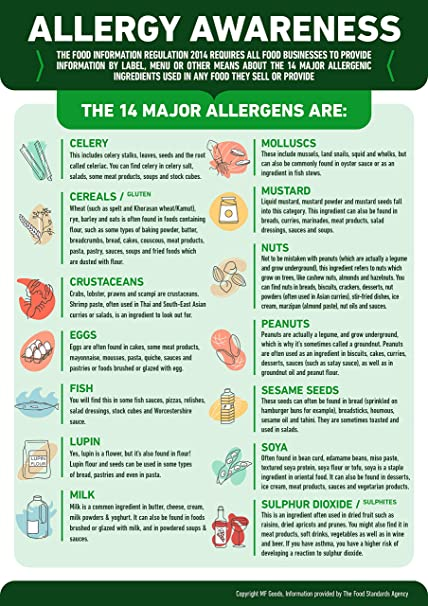

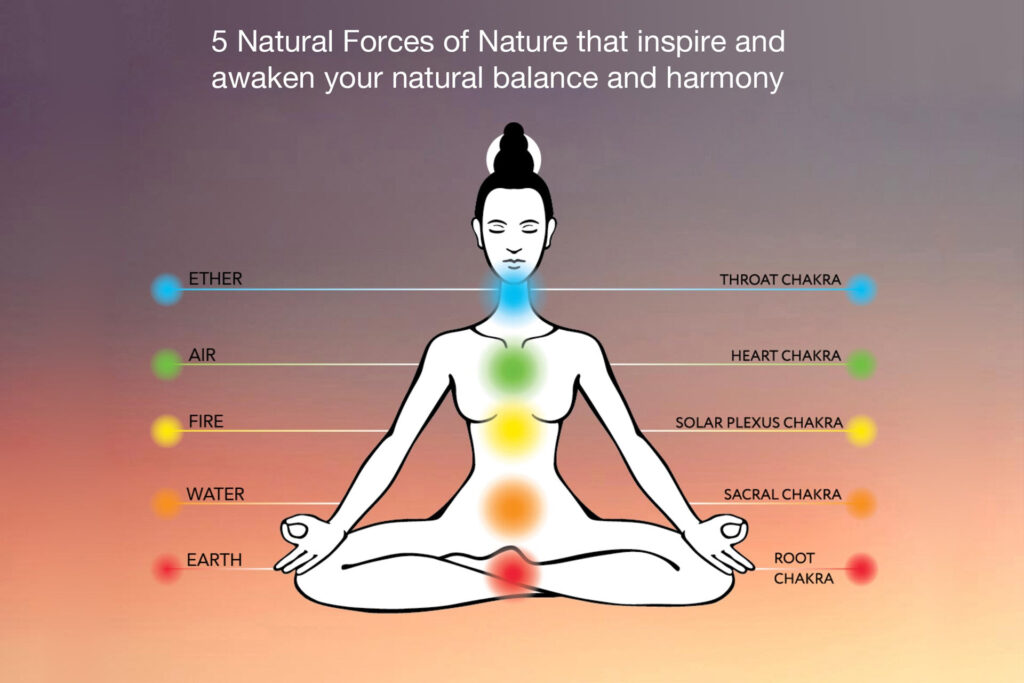






 Grinders They are True Endurers.
Grinders They are True Endurers.
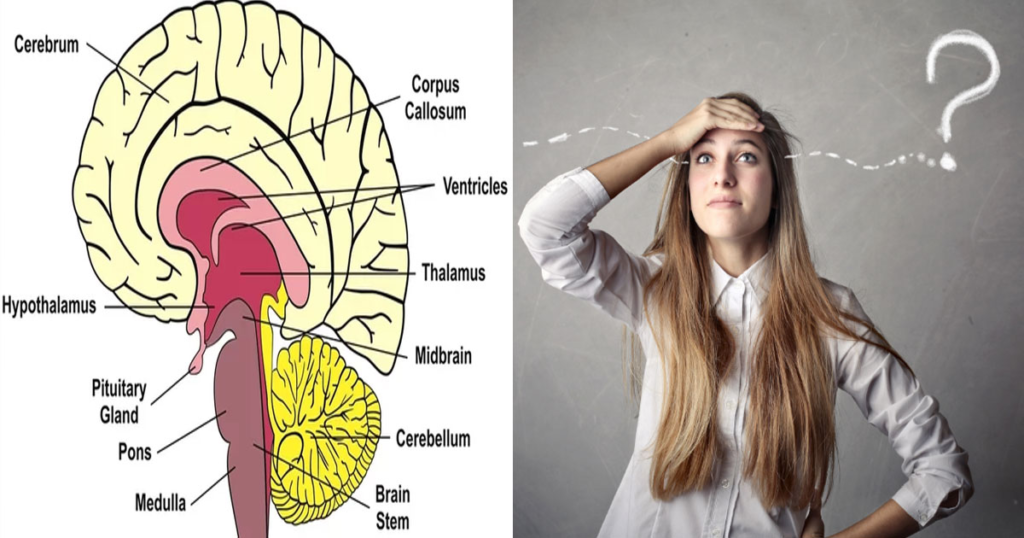
 Visit a friend: sneaking in 15 minutes of activity daily, liking making snow angels with your grandkids or delivering cookies to your neighbors; does more than spread good cheer:
Visit a friend: sneaking in 15 minutes of activity daily, liking making snow angels with your grandkids or delivering cookies to your neighbors; does more than spread good cheer: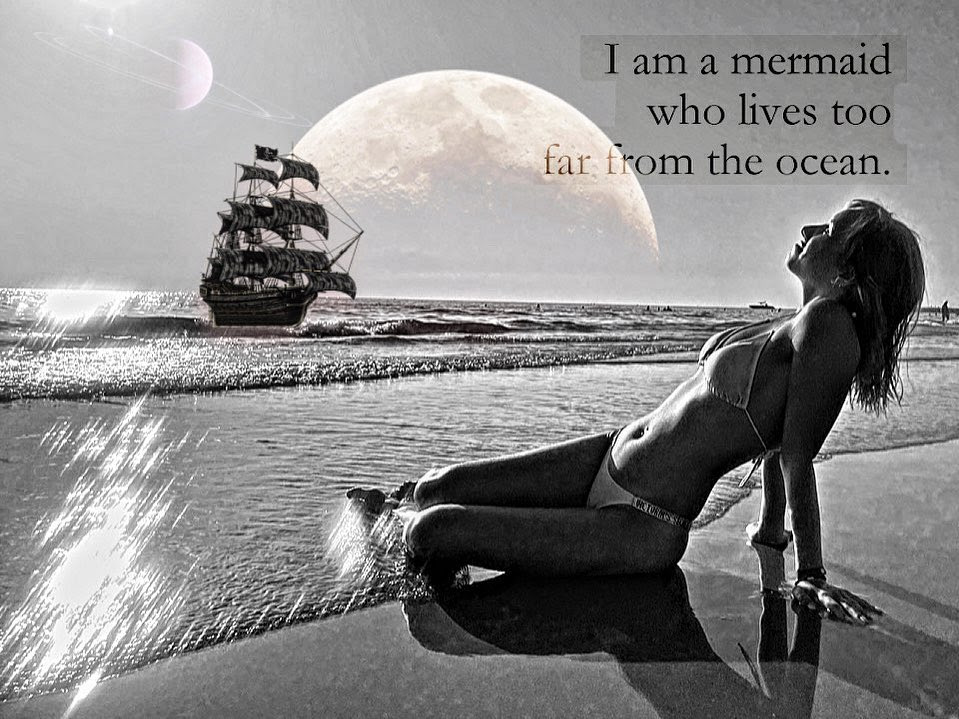

 Made by
Made by 

 for not respecting other people’s beliefs
for not respecting other people’s beliefs





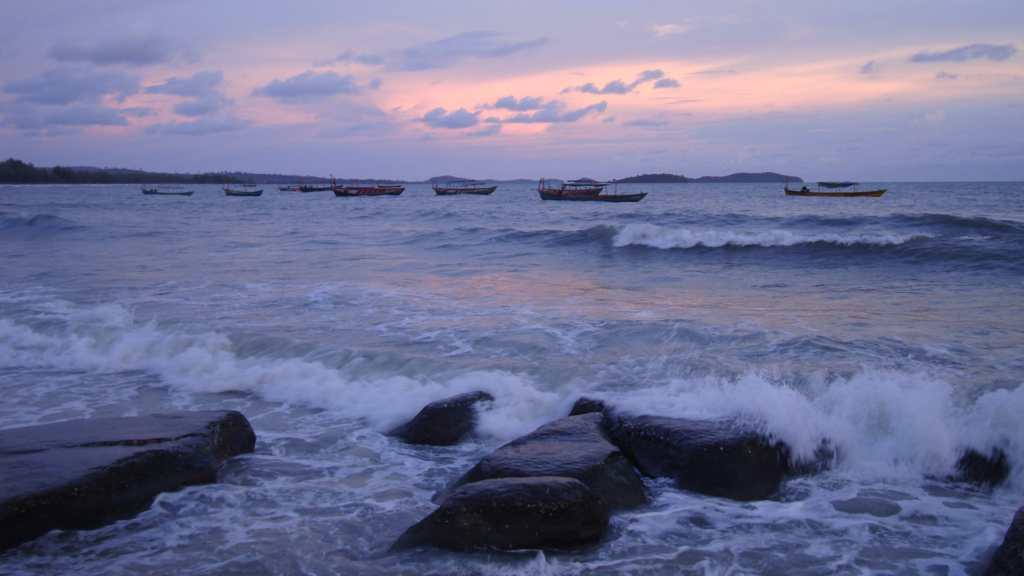









 ︎
︎

 ❈
❈ St. Pete ⇢
St. Pete ⇢

 diamonds fade but flowers grow
diamonds fade but flowers grow  over time
over time

 Whether you’re a woman finding yourself in a position with a man who’s trying to push things a little bit faster than your comfortable with – OR vice versa – hey we’ve all been there.
Whether you’re a woman finding yourself in a position with a man who’s trying to push things a little bit faster than your comfortable with – OR vice versa – hey we’ve all been there. And how do you feel when you force yourself to show up or to do some thing that is not in alignment with what you need to feel nourished and at peace in that moment?
And how do you feel when you force yourself to show up or to do some thing that is not in alignment with what you need to feel nourished and at peace in that moment?




 15 year old me had no idea who she was
15 year old me had no idea who she was 18 year old me thought she knew what she wanted
18 year old me thought she knew what she wanted 21 year old me knew that she wanted something different than what she was currently living
21 year old me knew that she wanted something different than what she was currently living 25 year old me- current me, knows who she is and who she is becoming.
25 year old me- current me, knows who she is and who she is becoming. ️through trial & error, pain & mistakes, being vulnerable in the pursuit of her dreams, failures & success… she continues to learn what she does & does not want to be
️through trial & error, pain & mistakes, being vulnerable in the pursuit of her dreams, failures & success… she continues to learn what she does & does not want to be currently in
currently in 

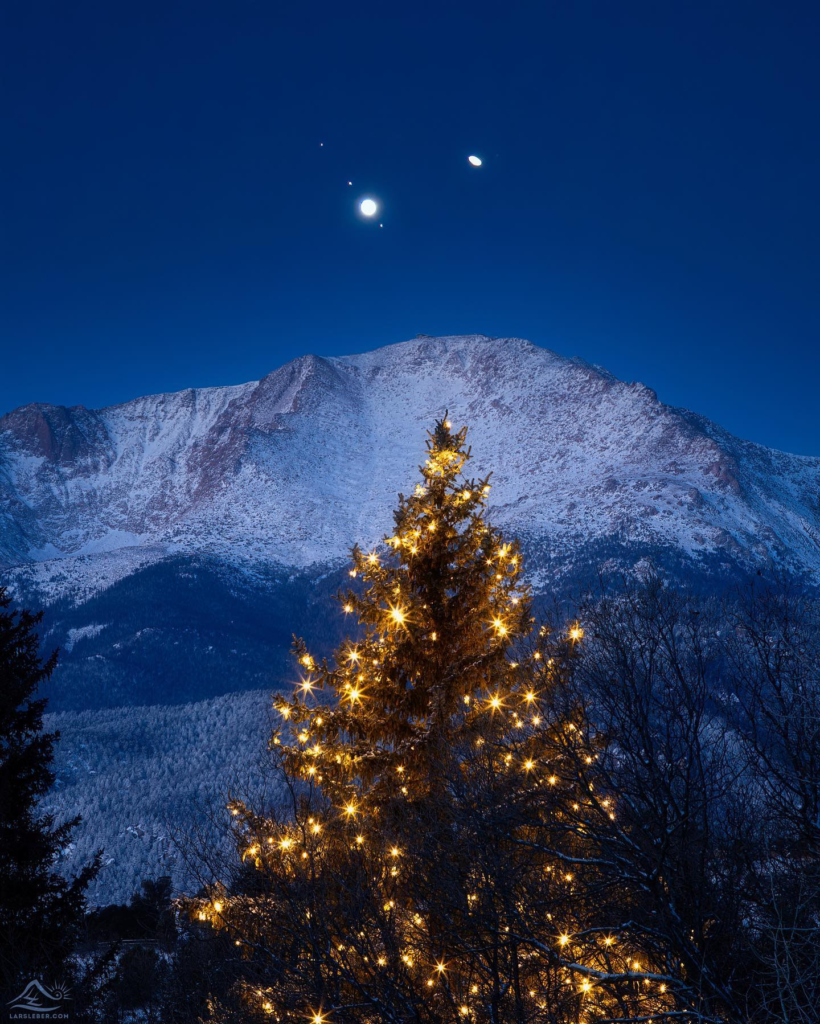
 ATHLETE & COACH
ATHLETE & COACH 
 ️
️ ️
️



 awesome.
awesome.


 Be informed
Be informed





